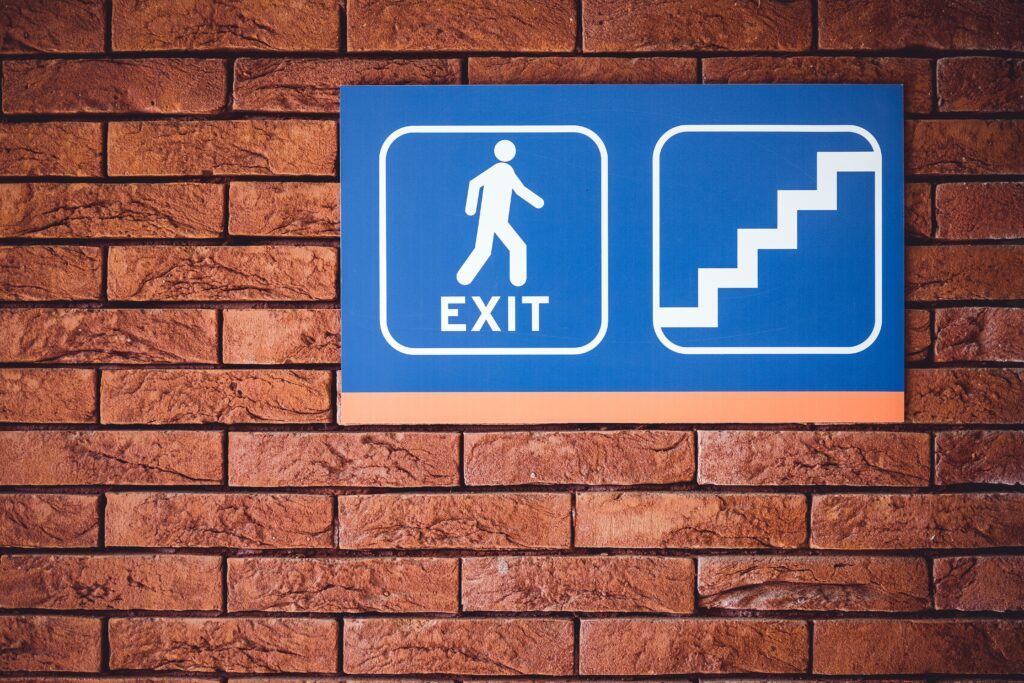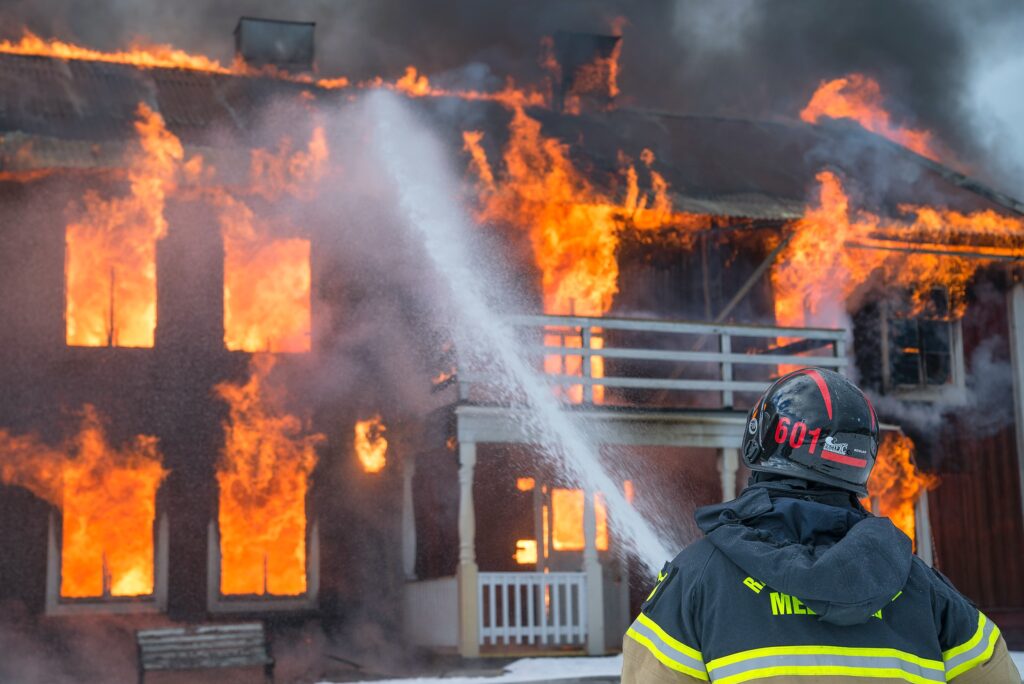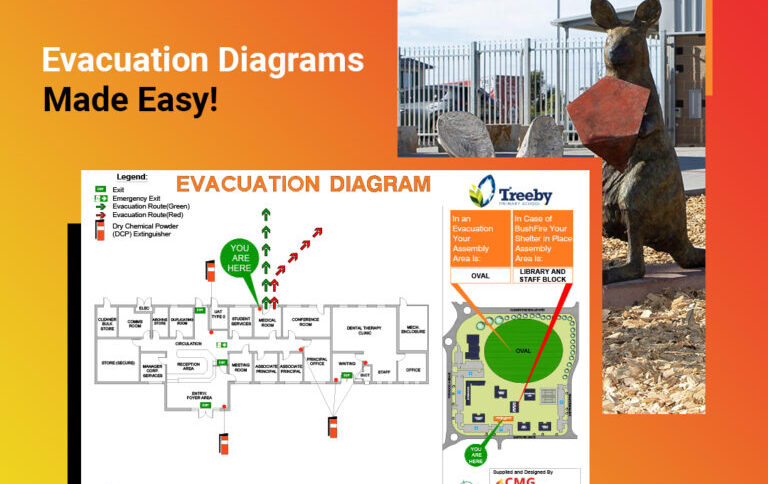An emergency evacuation diagram is a building map showing the safest route to take in the event of an emergency. The diagram should be prominently displayed in an easily accessible location, such as near the entrance to the building. An evacuation diagram can be lifesaving in the event of an emergency. A well-designed evacuation diagram will help people evacuate quickly and safely. Often it is better to consult professionals. Find out why you need an emergency evacuation diagram and the basics to create one.
Why You Need an Emergency Evacuation Diagram
An emergency evacuation diagram is an essential part of any safety plan, and it provides a clear and concise way to communicate evacuation routes and procedures in an emergency. An effective evacuation diagram will help people evacuate quickly and safely. Here are some other benefits of having an emergency evacuation diagram:

They Help Save Lives
In an emergency, every second counts. An evacuation diagram helps people find the quickest and safest route out of a building.
They’re Easy to Use
Emergency evacuation diagrams are easy to understand and follow, even in a panic. They provide clear instructions on what to do in an emergency.
They Can Be Customised
Emergency evacuation diagrams can be customised to fit any size or type of building. They can also be designed to accommodate specific needs, such as wheelchair accessibility.
Why Use a Professional?
Emergency evacuation diagrams are not something that should be created on a whim. There are many factors that need to be taken into account, and if even one element is overlooked, it could mean disaster for those trying to evacuate. That’s why it’s essential to use a professional service when creating your emergency evacuation diagram.
A professional service will have the experience and expertise necessary to create an accurate and effective emergency evacuation diagram. They will consider all of the relevant factors, such as the layout of the building, the number of people that need to be evacuated, and the location of exits and entrances. This ensures that your emergency evacuation diagram will be accurate and up-to-date.

Creating an emergency evacuation diagram
Creating an emergency evacuation diagram is not difficult, but it is essential to take some time to think about the layout of your building and the best way to get everyone out safely.
Here are some tips on how to make an effective emergency evacuation diagram.
- Know your building. The first step in creating an emergency evacuation diagram is to familiarise yourself with the layout of your building. Take some time to walk through all the rooms and hallways so you can get a good sense of where everything is and how it is laid out. This will help you determine the best route for evacuating the building in an emergency.
- Determine the safest exit routes. Once you know your building, you can start identifying the safest routes. Look for doors and windows that can be used as exits and try to find the shortest, most direct routes from each room to these exits. It is also essential to consider which exits will be the most accessible in an emergency; for example, if there are stairs leading up to an exit, then this exit may not be used if a fire is blocking the stairway.
- Draw your diagram. Once you have identified the safest exit routes, you can start to draw your diagram. Begin by drawing a basic outline of your building, including all of the doors and windows that can be used as exits. Then, add arrows to show the exit routes that you have identified. Be sure to label each exit clearly so that everyone knows which one to use in an emergency.
- Post your diagram in a visible location. Once your diagram is complete, please post it in a visible location near all of the exits so that everyone can see it and know what to do in an emergency. You may also want to keep copies of your diagram in other locations throughout the building. Examples include:
- Hospitals
- Schools
- Colleges
- Aged care facilities
- Engineering
- Factories and Process plant
- Manufacturing
- Child care centres
- Restaurants
However, with CMG Fire & Safety services, you can have an expert craft your emergency evacuation diagram that is up to scratch with legislation and, in the event of an emergency, can result in fewer injuries or casualties.
Emergency evacuation plans are essential for any safety plan, and they help save lives by providing clear instructions on evacuating quickly and safely. We’ve explored why you need an evacuation diagram, why hiring a professional is better, and our top tips for creating one yourself. If you don’t have an emergency evacuation diagram for your building, now is the time to create one.







